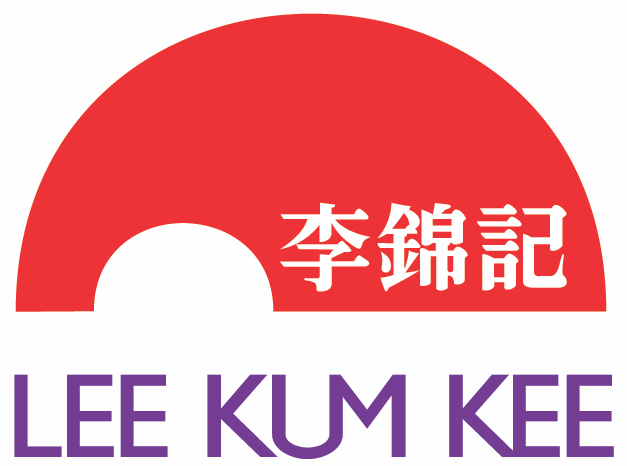
Ingredient focus: soy sauce
Soy sauce is not the all-purpose seasoning many of us treat it as – there are specific varieties best used in different ways for particular dishes. Clare Finney takes a look at the origins of this integral Chinese ingredient and the various ways it’s used today.
Ingredient focus: soy sauce
Soy sauce is not the all-purpose seasoning many of us treat it as – there are specific varieties best used in different ways for particular dishes. Clare Finney takes a look at the origins of this integral Chinese ingredient and the various ways it’s used today.
Looking back, it seems sacrilegious that our grandparents – even our parents – would bark ‘pass the salt’ without first trying their meat and two vegetables. Yet how many of us, when it comes to tucking into a bowl of steaming noodles or fat wontons, reach for the soy sauce in much the same way? It’s become a store cupboard staple; a regular feature of 61% of British kitchens, and comparable to mint sauce and apple sauce in sales value terms. Of course, not all soy sauces are equal. Long story short, soy sauce is made by steaming and fermenting soybeans for a few months before draining and filtering the rich, flavourful liquid. Short story long, this is a condiment of infinite variety, uses and quality.
The origins of soy sauce lie in China during the Han Dynasty (206 BCE–220 AD), where clever cooks fermented soy beans to make a paste. One of the world’s earliest seasonings, this paste eventually evolved into soy sauce and spread to Japan, Korea, Thailand and Vietnam throughout subsequent centuries, adapting to each culture’s tastes and needs along the way. Chinese soy sauce and Japanese-style soy sauce (known as shoyu) are the most commonly available of these varieties – though shoyu is clearer and thinner than its ancestral counterpart. Equally, while both Japanese and Chinese soy sauces are divided into light and dark, between the countries these black and white distinctions mean quite different things.
Light soy sauce is more common in Chinese cooking and is used for dipping sauces (think wontons and spring rolls), stir fries or light seasoning. If a Chinese recipe calls for soy sauce without any further clarification, it’s fair to assume it means light (though do make sure the ‘light’ refers to the type of sauce, not the amount of sodium it contains). Think of light soy sauce as China’s answer to salt – just with more flavour. It’s used for seasoning purposes and for the umami it can endow any savoury dishes with. Chinese dark soy sauce, meanwhile, is richer and less salty than light, often has added sugar like molasses, and is used mainly for colour and texture.
The inky colour and thick texture of Chinese dark soy sauce comes with ageing the liquid for longer. It is best used (sparingly – it’s not called dark for nothing) to lend a deep colour and rich body to stews, casseroles and noodles. As well as producing a premium dark soy sauce, brands such as Lee Kum Kee go one step further, with both a sweetened style of soy sauce with an almost treacly consistency (and therefore an ideal dipping sauce or condiment to be used at the table), and a more premium double deluxe soy sauce boasting an ‘ancient, secret double fermentation process’ which has been fermented twice for an even richer aroma and flavour.
The quality of soy sauce can vary massively too. Inferior chemically produced soy sauces are made over the course of about two days by hydrolysing soy protein – that is, the residue of soybean oil production – and combining it with corn syrup, caramel, added salt and other flavourings. They are a million miles away genuinely from traditional soy sauces and should be avoided at all costs. Just make sure you store it properly: like good olive oil, quality soy sauce is very susceptible to light and heat, so keep it in a cool dark place. It's easy to work out if a bottle of soy sauce is good quality – it should have no sediment at the bottom, it should have a strong, 'estery' aroma (think sweet and slightly fruity) and when you shake the bottle it should create a long-lasting foam at the top (a sign that the sauce is thick and viscous rather than thin and insipid). Once you've identified your soy sauce as being of high quality, the final test is of course to taste it – it should coat your mouth with a rich, full, long-lasting flavour. Once all those boxes are ticked, it's ready to be used as a dip, dressing, marinade or sauce!


